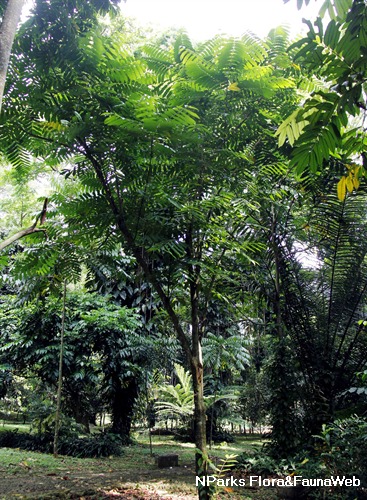
Back
Prasoxylon alliaceum (Blume) M.Roem.
| Family Name: | Meliaceae |
| Synonyms: | Dysoxylum alliaceum (Blume) Blume ex A.Juss. |
| Common Name: | Ki Bawang, Pingku |
Name
Classifications and Characteristics
| Plant Growth Form | Tree |
|---|---|
| Lifespan (in Singapore) | Perennial |
Biogeography
| Native Distribution | Andaman Islands to Thailand, through out Malesia (Malaysia, Borneo, Indonesia, Philippines) to Solomon Islands, Vanuatu and Australia (Queensland) |
|---|---|
| Native Habitat | Terrestrial (Primary Rainforest) |
| Preferred Climate Zone | Tropical |
| Local Conservation Status | Native to Singapore (Critically Endangered (CR)) |
Description and Ethnobotany
| Growth Form | Tree to 38m tall |
|---|---|
| Trunk | Trunk to 80cm in diameter, with buttresses to 60cm tall and reaching outwards by about 1m |
| Foliage | Leaves 60cm long (occasionally to 120cm),with3-6 or occasionally 8 pairs of leaflets. Leaflets 7.5-25cm long by 2.5-7.5cm wide, opposite or sub-opposite, with an apical pair of leaflets, or appearing to have an apical leaflet, with the leaflet appearing as a small apical scar. Young leaves fist shaped, more or less pubescent. Leaves and bark usually with strong smell of onions. |
| Flowers | Flowers white or pinkish, 4-5 petaled. Petals 0.5-0.8cm long. |
| Fruit | Fruits to 7.5cm in diameter, subglobose or lobed, ripening dull reddish orange or reddish brown, with 1-4 seeds per fruit. |
| Habitat | In primary rainforests - low to medium altitudes, and up to 1,800m asl, and also on limestone |
| Similar | This species is considered to be closely related to Dysoxylum excelsum Blume, another widespread species that can be found in the same distribution range as well as Sri Lanka, Nepal and NE India. Both species appear to exhibit much variation, and non-flowering materials can be very difficult to tell apart. |
| Etymology | The specific epithet alludes to the onion like scent emitted by the crushed leaves and bark |
| Ethnobotanical Uses | Food (Herb or Spice): It has been reported that the fresh young leaves have been used to impart an onion like flavor to food ; the seeds are also purportedly used in the preparation of a sauce (with ginger and lemon/lime) and served with fish. |
Landscaping Features
| Desirable Plant Features | Ornamental Flowers, Ornamental Fruits, Ornamental Form |
|---|---|
| Landscape Uses | Parks & Gardens |
Fauna, Pollination and Dispersal
| Fauna Pollination Dispersal Associated Fauna | Bird-Attracting |
|---|---|
| Pollination Method(s) | Biotic (Fauna) |
| Seed or Spore Dispersal | Biotic (Fauna) |
Plant Care and Propagation
| Light Preference | Full Sun, Semi-Shade |
|---|---|
| Water Preference | Moderate Water, Occasional Misting |
| Plant Growth Rate | Moderate |
| Rootzone Tolerance | Well-Drained Soils, Fertile Loamy Soils |
| Pest(s) | Chewing Insects, Sucking Insects |
| Propagation Method | Seed |
Foliar
| Foliage Retention | Evergreen |
|---|---|
| Mature Foliage Colour(s) | Green, Green - Light Green |
Floral (Angiosperm)
| Flower Colour(s) | White, Cream / Off-White |
|---|---|
| Flower Grouping | Cluster / Inflorescence |
| Flower Location | Cauliflorous |
Fruit, Seed and Spore
| Mature Fruit Colour(s) | Red, Orange |
|---|
Image Repository
Others
| Master ID | 31977 |
|---|---|
| Species ID | 6379 |
| Flora Disclaimer | The information in this website has been compiled from reliable sources, such as reference works on medicinal plants. It is not a substitute for medical advice or treatment and NParks does not purport to provide any medical advice. Readers should always consult his/her physician before using or consuming a plant for medicinal purposes. |

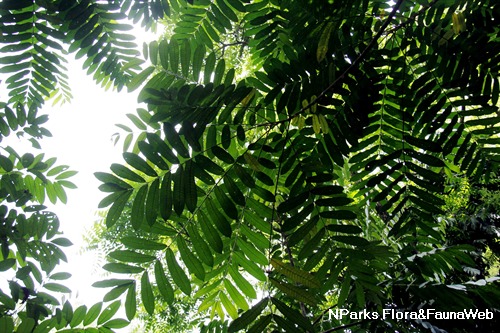
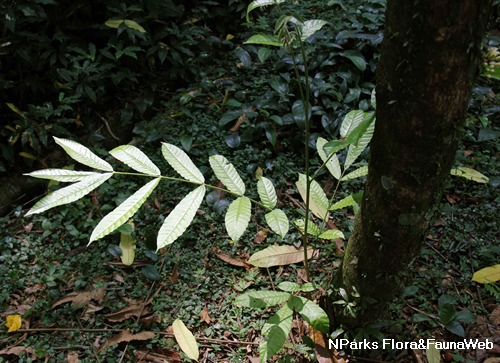
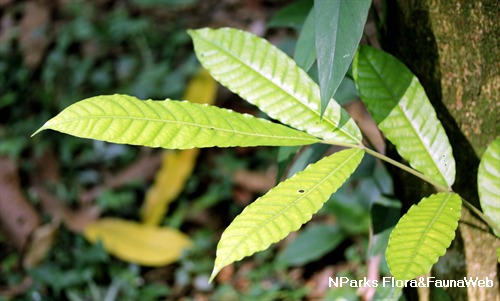
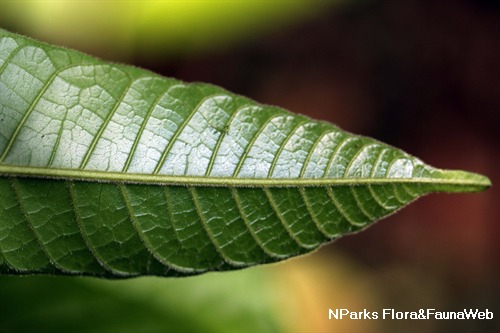
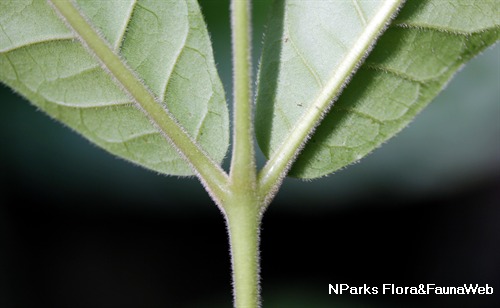
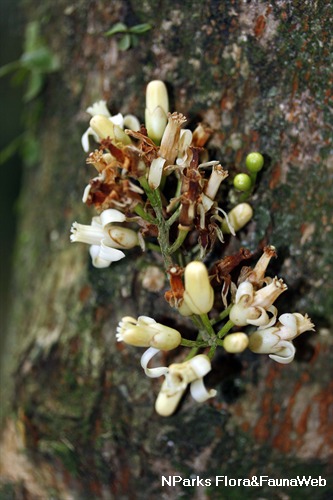
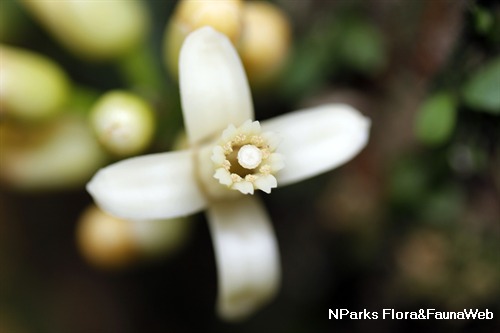
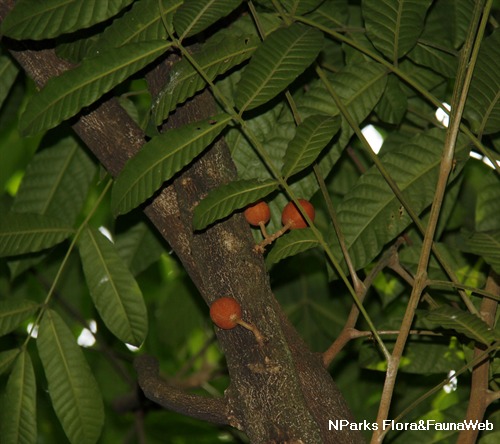
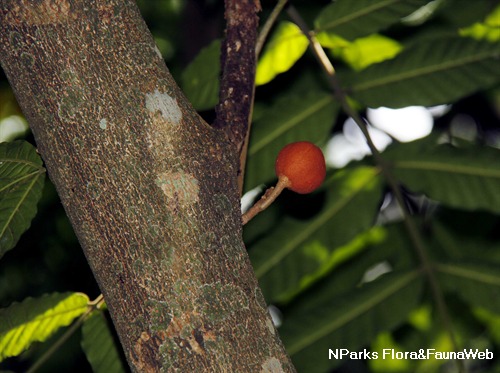
_lowres.jpg)